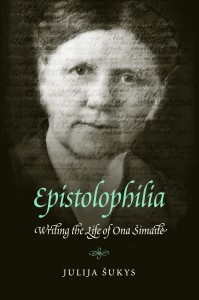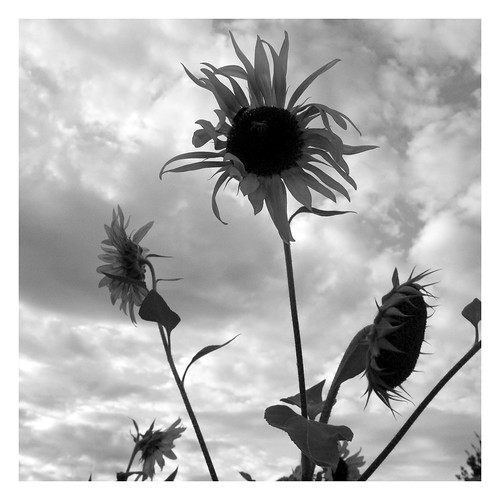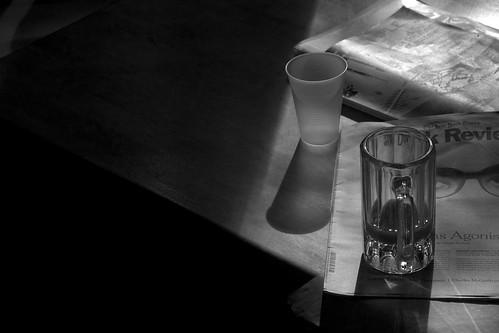
I’m leading a writer’s workshop on the personal essay in the fall. I’m happy about it, because the essay is a form I love.
I tend to write essays at the beginning of a bigger project, and use them as a way to test out ideas and to work through central questions of longer projects. But since I’ve been, on the one hand, shepherding out my new book, and on the other, slogging through the final third of a new book manuscript, I haven’t actually written an essay for a while. Bigness has consumed my writing life. Yet, seeing as I’m going to be trying to offer some insights into the form, I decided it was time I sat down to another one.
When we first arrived in Gozo (Malta’s sister island), where my husband, son, and I are spending an 8-month sabbatical (only 7 weeks until we head home), I had all kinds of ideas for a book I would write about this place. “Botany!” I thought, “There’s got to be a story in all this plant life and especially that weirdly named Fungus Rock.” Then, later, “Saints and healers!” Then,” Knights of Malta!” And finally, “A travel memoir about our time here…” None of these books have come to fruition.
Instead, as is my habit, I’m starting with an essay. Perhaps a book will follow.
For a couple of weeks now I’ve been corresponding with an editor at a reasonably mainstream magazine. I originally sent a pitch for a long piece — 5,000 words — about Gozo, the naming of places, and the idea of home. It’s a length I like because you can say a lot in 5,000 words, but it’s still short enough to be read in one sitting. The editor came back to me with good news. She liked the idea, but asked that I revise the pitch and shrink the envisioned essay down to no more than 1,000 words.
Now, for someone who’s been writing books, 1,000 words is very short indeed. (Just to give an idea: this blog post is over 700 words long!)
No problem, I said. I’m up for the challenge.
This is where the process got complicated (that is to say, I learned something about myself).
For 5,000 words, I can lay out a structure and map out ideas in advance. I have enough room to look ahead and plot which move will come after which. Not so for 1,000 words. Perhaps it’s a personal failing, but I feel like the only way for me to plan out an essay that short is not to. I have to feel my way through while writing a first draft, then cut, cut, cut, until I’ve smoothed the text down to its kernel.
Unsurprisingly, my reworked pitch didn’t impress the magazine editor. It was too vague and too general. I’m sure others know how to pitch a mere 1,000 words, but I, big-heavy-text-writer that I am, evidently failed miserably. Like a large-animal vet trying to write a care manual for rabbits and gerbils.
But to her credit, the editor hasn’t given up on me. She still likes the original concept, is willing to see how I can make it work as a tiny text, and is waiting for a draft.
Tiny-essay writing is a process that is so different from book writing. With the latter, there’s breathing room. You can use your whole self, your whole past, and explore connections big and small. You can make mistakes and edit them out without throwing the whole thing off. But in a tiny essay, you have to choose your moves carefully. Any misstep, and it’s over.
The Rumpus‘s fantastic advice columnist Sugar recently came out. That is, she revealed her true identity — that of a writer named Cheryl Strayed. Strayed will soon release a collection of her Dear Sugar columns as a book called Tiny Beautiful Things. It’s a formulation I love.
That’s what I think 1,000-word essay has to strive to be: a tiny beautiful thing. Tight, strong, economic, and without a word out of place.
A bit like the island of Gozo itself.
So here’s to moving back from the big to the small.
Wish me luck.
This post is part of a weekly series called “Countdown to Publication” on SheWrites.com, the premier social network for women writers.
[Photo: Funchye]









